The 10 Biggest Microsoft Stories Of 2011
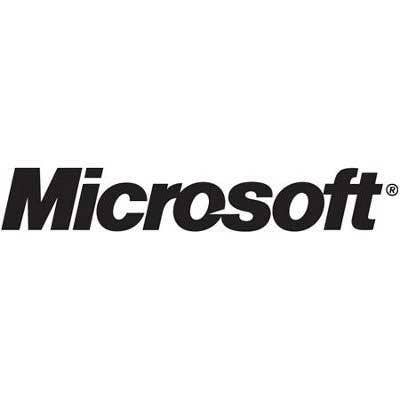
Cloud Computing Gains And Windows 8 Teasers
This might be remembered as the year Microsoft really got its cloud act together, with the launch of the well-received Office 365 cloud application suite, the debut of the Intune desktop PC management system, and plans to develop cloud versions of Microsoft's Dynamics ERP applications.
But it's more likely to be remembered for the never-ending sneak-peaks and previews of Windows 8, the next release of Microsoft's flagship product that's expected to be ready in 2012.
Here's what we considered to be the 10 biggest stories in the world of Microsoft in 2012.

10. Sometimes The Little Guy Does Win
While Microsoft pursued legal action against a number of companies for alleged patent infringement, it quietly paid $290 million to Toronto-based i4i in June after the small company won its own patent infringement suit against the software giant.
In the long-running case i4i claimed that technology Microsoft built into Word 2007 and Office 2007 for editing and customizing XML code infringed on i4i patents. In 2009 a U.S. District Court jury agreed and said Microsoft had to pay $290 million in damages and fines.
For two years Microsoft pursued appeals of the verdict through ever-higher courts, maintaining that the burden of proof needed to declare a patent to be invalid was too high. Had Microsoft won that argument, challenging software patents in court might have become easier. But in June the U.S. Supreme Court rejected Microsoft's final appeal, leaving Microsoft just one last task – cutting i4i a $290 million check.

9. Division President Muglia Ousted Amid Shakeup
Microsoft has seen a number of high-level executives leave the company in recent years and 2011 was no exception. In January Bob Muglia, a 23-year Microsoft veteran, was pushed out from his job as president of Microsoft's Server & Tools Business as part of a larger plan to shakeup the STB operation.
Although no reason was ever publicly stated for the changes, observers said it appeared that Microsoft's shift to cloud putting – in which STB plays a critical role – wasn't happening fast enough for CEO Steve Ballmer. Also leaving in the shakeup was Amitabh Srivastava, a senior VP in STB who was instrumental in the development of Windows Azure.
Ballmer later named Satya Nadella, a Microsoft employee for 19 years, as the new STB president.
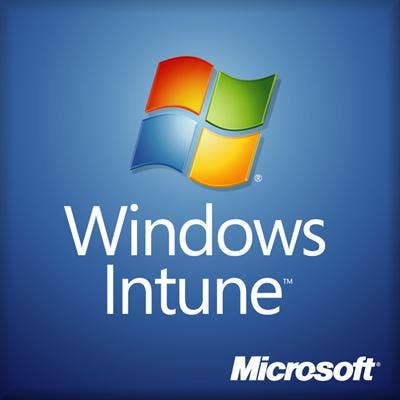
8. Microsoft Harmonizes Windows Management With Intune
Microsoft in March went live with its long-awaited Intune cloud-based desktop PC management system. In addition to bolstering the company's nascent cloud computing efforts, Intune is seen by Microsoft partners as a business opportunity: Solution providers are using it to track customers' PCs and quickly respond to problems while managed service providers like its ability to manage customer networks.
In October Microsoft went live with Intune 2.0 and its new capabilities, including a new software distribution feature that works with Microsoft software and third-party applications, beefed up reporting tools, and the ability to remotely carry out malware scans.
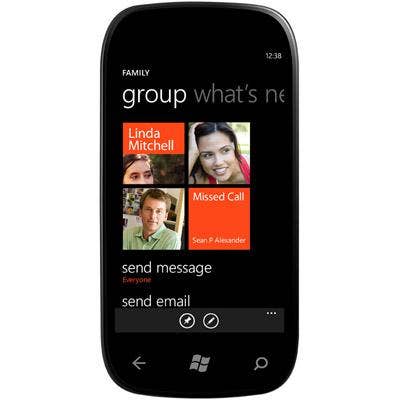
7. Windows Phone 7 Struggles For Market Share
Despite dominating so many areas of computing, Microsoft has failed to make any headway in becoming a serious player in the market for smartphones and tablets. In 2010 the company debuted with much fanfare Windows Phone 7, the company's new mobile operating system for smartphones, in an effort to turn its fortunes around.
In 2011 Microsoft's efforts continued with the formation of a broad alliance with handset manufacturer Nokia, under which the two companies are developing a complete "mobile ecosystem" around Windows Phone and Nokia is developing handsets based on the Microsoft software. But much of the focus was on "Mango" or Windows Phone 7.5, a significant upgrade of the mobile OS that began shipping to smartphone makers in July. While Microsoft's efforts were buoyed by an IDC prediction that Windows 7-based devices would outsell Apple iPhones by 2015, Microsoft at the end of 2011 still strugglied to make a significant uptick in its market share numbers.
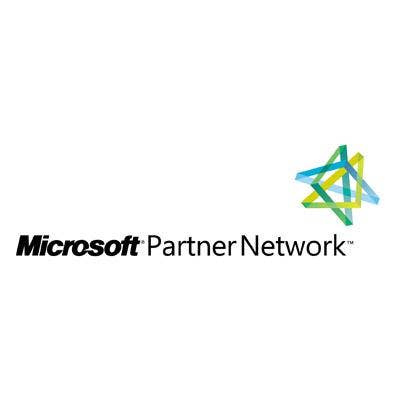
6. Microsoft Executes On Its Channel Overhaul
Through late 2009 and much of 2010 Microsoft was hard at work planning for a massive overhaul of its channel partner program under the new Microsoft Partner Network banner. Most significant for partners were the new partner tiers and the more rigorous standards for partners to achieve Silver or Gold status.
MPN officially launched in November 2010, but this was the first year that Microsoft has really been executing on the MPN plan. And it's the first year partners have had to meet the new requirements, including certification in specific "competencies" and meeting customer satisfaction benchmarks. While partners say meeting the new requirements takes work, most seem to agree that the higher standards will add more cachet to being a Microsoft Gold partner. Those partners are expected to reap the benefits of the $5.8 billion in partner ecosystem spending Microsoft promised for fiscal 2012. Some, however, were not expected to make the cut and will likely fall from Microsoft's roster of Gold and Silver partners.

5. Microsoft Outlines Cloud ERP Plans
Until now Microsoft's Dynamics ERP applications were available only as on-premise software or through a hosting service provider. Cloud was not an option.
But that will change starting next year under a plan unveiled at this year's Convergence conference to develop cloud or Software-as-a-Service versions of Dynamics AX, GP, NAV and SL. Starting with an update of Dynamics NAV due in 2012, the next major release of each application set will be developed to run on Windows Azure, Microsoft's cloud platform, and support full multi-tenancy.
Microsoft has offered a cloud version of its CRM application, Dynamics CRM Online, in the U.S. for several years. But that application just went global in February. Combining that with cloud versions of its Dynamics ERP software will finally give Microsoft a competitive cloud lineup against cloud products from Intacct, NetSuite, Oracle and SAP.
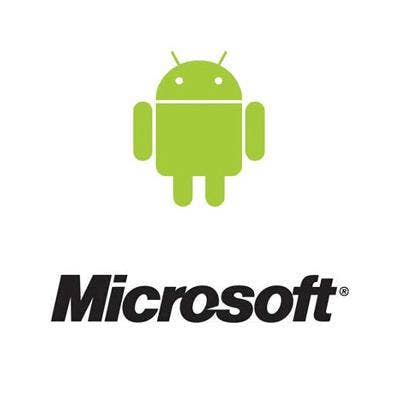
4. Microsoft Sues Android Device Makers
Taking the position that Google's Android mobile operating system infringes on a number of its patents, Microsoft was busy in 2011 negotiating licensing pacts with manufacturers of Android-powered devices – and suing those who refused to pay up.
Microsoft sued bookseller Barnes & Noble, whose Nook e-reader runs on Android, as well as Nook manufacturers Foxconn and Inventec, charging them with infringing on a number of Microsoft patents. Microsoft also continued to pursue a lawsuit against Motorola Mobility, which is in the process of being acquired by Android developer Google, charging that Motorola's Android-based smartphones and tablets also violate Microsoft patents. Microsoft, meanwhile, reportedly collected millions of dollars in royalties from a handful of Android device manufacturers it had struck deals with, including HTC, ViewSonic, and Acer. In September Microsoft inked an extensive patent licensing deal with Samsung and the software company was reported to be holding similar talks with Chinese manufacturer Huawei.
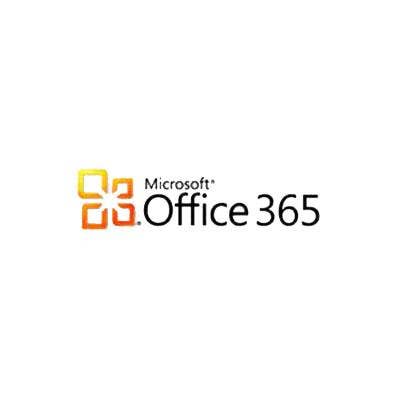
3. Office 365 Debuts
Microsoft has been trying to re-invent itself as a cloud software vendor for a couple of years now. Yes, before this year it had the Business Productivity Online Services (BPOS) application suite, the on-demand version of its CRM application, and the Windows Azure cloud platform. But the software giant really got into the cloud software game in June when it launched its Office 365 cloud applications.
The suite bundles on-demand versions of Office (including Word, Excel, PowerPoint, Outlook and OneNote) with SharePoint Online, Exchange Online and Lync Online. Indications are that Office 365 is being well received in the marketplace. While Microsoft hasn't disclosed detailed sales figures, the company has said customer adoption is on a rapid pace and it's selling eight times faster than the BPOS applications it replaces.
Our own CRN Test Center has evaluated Office 365 and concluded that the new Microsoft service "is to Google Apps as Xbox 360 Live is to Pong."
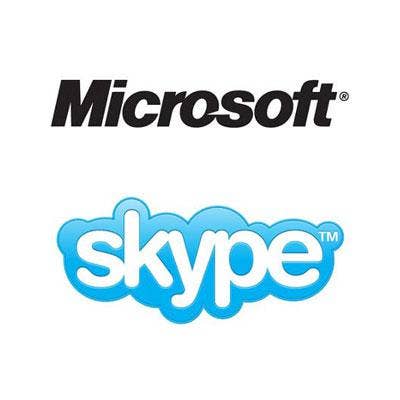
2. Microsoft Makes Acquisition Call To Skype
In May, Microsoft stunned the industry when it disclosed a deal to acquire popular Voice-over-IP service provider Skype for $8.5 billion. The move bolsters Microsoft's IP communications strategy and gives it a new foothold in consumer markets where it has struggled.
Microsoft completed the acquisition, the biggest in the company's history, in mid-October. Now comes the work of integrating Skype with many of Microsoft's products including the Lync unified communications software, Windows Live Messenger and Windows Phone.
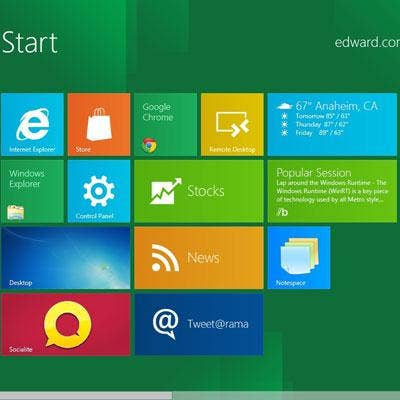
1. Windows 8: Closer, But Not Yet
Speaking at the Microsoft Developer Forum in Tokyo in May, CEO Steve Ballmer made an offhand reference to "Windows 8," the first time anyone at Microsoft had mentioned by name the next generation of the company's flagship software. And so began a series of announcements, previews and speculation that made Windows 8 one of the most important software stories in 2011 -- even though the product itself won't appear until 2012. Vowing to do a better job than it did with Windows 7, Microsoft launched the "Building Windows 8" blog to keep customers, channel partners and developers informed about the software's progress. And developers got their hands on a "developer preview" release in September at the Microsoft Build conference. Most important was Microsoft's plans to design Windows 8 and its "metro" user interface to run on both desktop PCs and tablets. That would make Microsoft a player in the tablet computer market where it has been a no-show. But some question whether Microsoft -- and Windows -- might be too late to the tablet party.